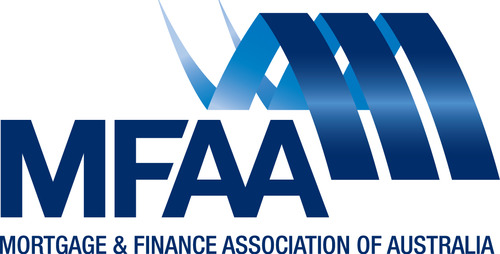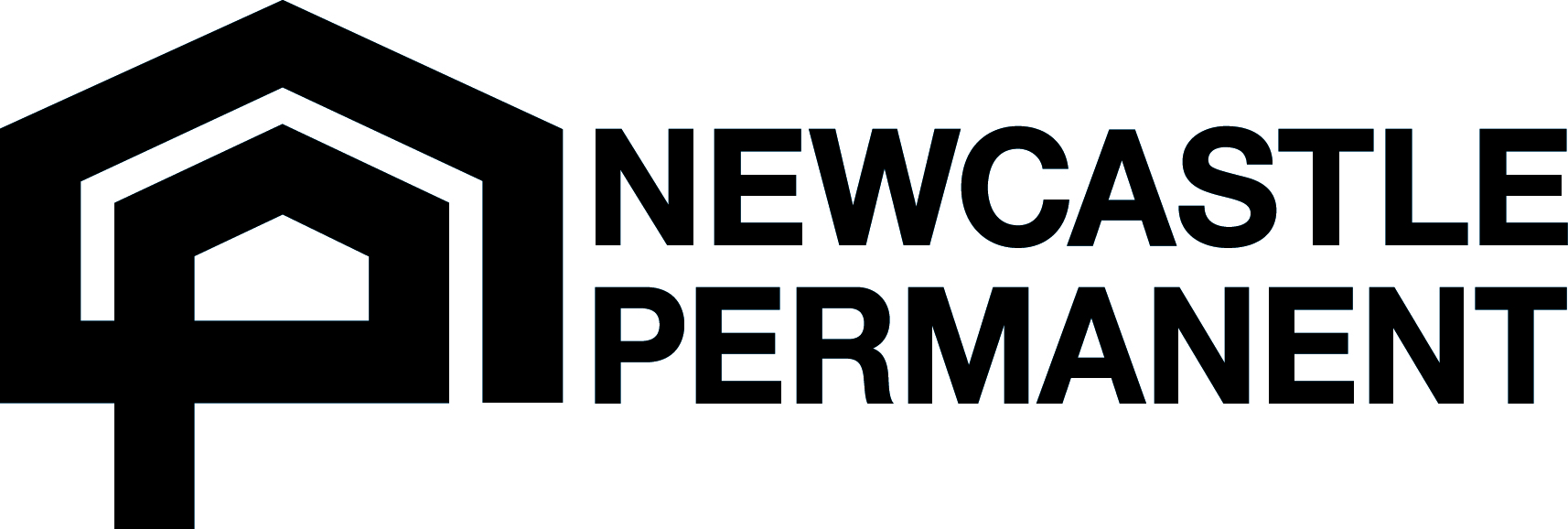
Offset Account vs Redraw Facility: Which is Best for Your Mortgage?
Understanding the Pros and Cons of Offset Accounts vs Redraw Facilities
At Fordable, we believe in empowering our clients with the knowledge and tools necessary to achieve their financial goals, including our signature "$6m Retirement Plan." A crucial part of managing your mortgage effectively involves understanding the differences between an offset account and a redraw facility. Here, we'll explore the pros and cons of each to help you make an informed decision.
The Basics: How Savings Impact Your Home Loan
Top-level, the more savings you have in an offset account or in your home loan account (available for redraw), the less interest you pay over the life of your loan.
When making Principal and Interest repayments, having your savings in one of these facilities (offset or redraw), you will be paying down more of the principal (the balance of the home loan) and therefore shortens the loan term.
Redraw Facility
Advantages:
- Interest Savings: Placing money into your home loan reduces interest expenses, and that money is available to be redrawn (transferred out of the home loan) when needed.
- Flexibility: While it’s not typically a transactional account, it offers flexibility to access your savings for major expenses or emergencies.
- Cost-Effective: Generally, there are no annual fees associated with a redraw facility.
Disadvantages:
- Limited Transactional Use: Paying bills requires you to redraw your savings first, as few lenders allow direct bill payments from the home loan account.
Offset Account
Advantages:
- Transactional Ease: An offset account functions like a normal everyday transactional account, it is separate from the home loan but linked to the home loan to offset the interest costs.
- Multiple Accounts: Most lenders allow multiple offset accounts, enabling better financial management with separate savings, holiday, spending, bills, and kids accounts.
- Additional Benefits: Some lenders offer package products with offset accounts, which may include benefits like no monthly account keeping fees, no annual credit card fee, and free travel insurance.
Disadvantages:
- Fees: Offset accounts usually come with an annual or monthly fee.
Key Considerations for Property Investment
The main consideration when choosing between a redraw facility and an offset account should be the purpose of the property. If the property could become an investment property, placing savings in an offset account can maximize the tax benefits of the interest payments.
Investment Property Scenario:
- If you start with a $1m home loan and place $100,000 of your savings into the home loan (available for redraw), your loan balance reduces to $900,000. Moving forward, your accountant would say you can only claim interest expenses on the $900,000 even if you redraw the $100,000 and the balance returns to $1m.
- Conversely, if you place the $100,000 into an offset account, the loan balance remains at $1m. It still reduces the interest component of the home loan repayment but does not change the balance. Thus, if you remove the $100,000 in the offset account, you can continue to claim the interest expenses on $1m at tax time.
Even if you initially purchase the property as your primary residence and later decide to rent it out, the tax deductions are only claimable on the lowest balance of the home loan. SO getting this right at the beginning does help.
Conclusion
While there may be an annual fee for an offset product, forward planning and consideration should be made regarding the future purpose of the property, which could have significant benefits when it comes to tax deductions.
Please share your preference or experience with using an offset account or redraw facility, we’d love to hear any experience you have had with this.
Disclaimer: This is not tax advice and you should always speak with a licensed professional about your personal circumstances.

















